For Sale
The following items are listed by for sale by users of the site and dealers. They are in no way endorsed or guaranteed by www.oldswords.com
Add a Classified ItemYou can also receive regular email notifcations when items match your keywords. To recieve them just register or logon at the top right of this page.
- Nation : American
- Local Price : £300.00
- Nation : British
- Local Price : £300.00
- Nation : British
- Local Price : £300.00
- Nation : Indian
- Local Price : £300.00
- Nation : British
- Local Price : £300
- Nation : -
- Local Price : 410.00 USD
- Nation : American
- Local Price : 410.00 USD
- Nation : Italian
- Local Price : £295.00
- Nation : British
- Local Price : £295.00
- Nation : British
- Local Price : £295.00
- Nation : British
- Local Price : £295.00
- Nation : -
- Local Price : 405.00 USD
- Nation : American
- Local Price : 405.00 USD
- Nation : French
- Local Price : 395.00 USD
- Nation : American
- Local Price : 395.00 USD
- Nation : American
- Local Price : 395.00 USD
- Nation : British
- Local Price : £285.00
- Nation : -
- Local Price : 390.00 USD
- Nation : -
- Local Price : 385.00 USD
- Nation : -
- Local Price : 385.00 USD
- Nation : -
- Local Price : 385.00 USD
- Nation : British
- Local Price : £280.00
- Nation : American
- Local Price : 380.00 USD
- Nation : German
- Local Price : £275.00
- Nation : American
- Local Price : £275.00
- Nation : Austrian
- Local Price : £275.00
- Nation : French
- Local Price : £275.00
- Nation : French
- Local Price : £275.00







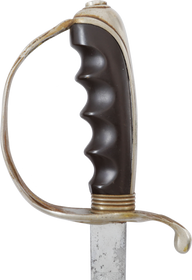
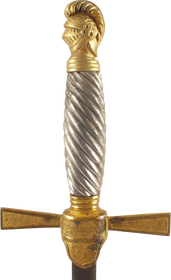




.jpg)

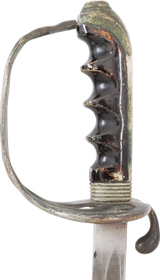
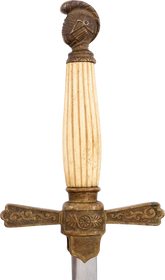
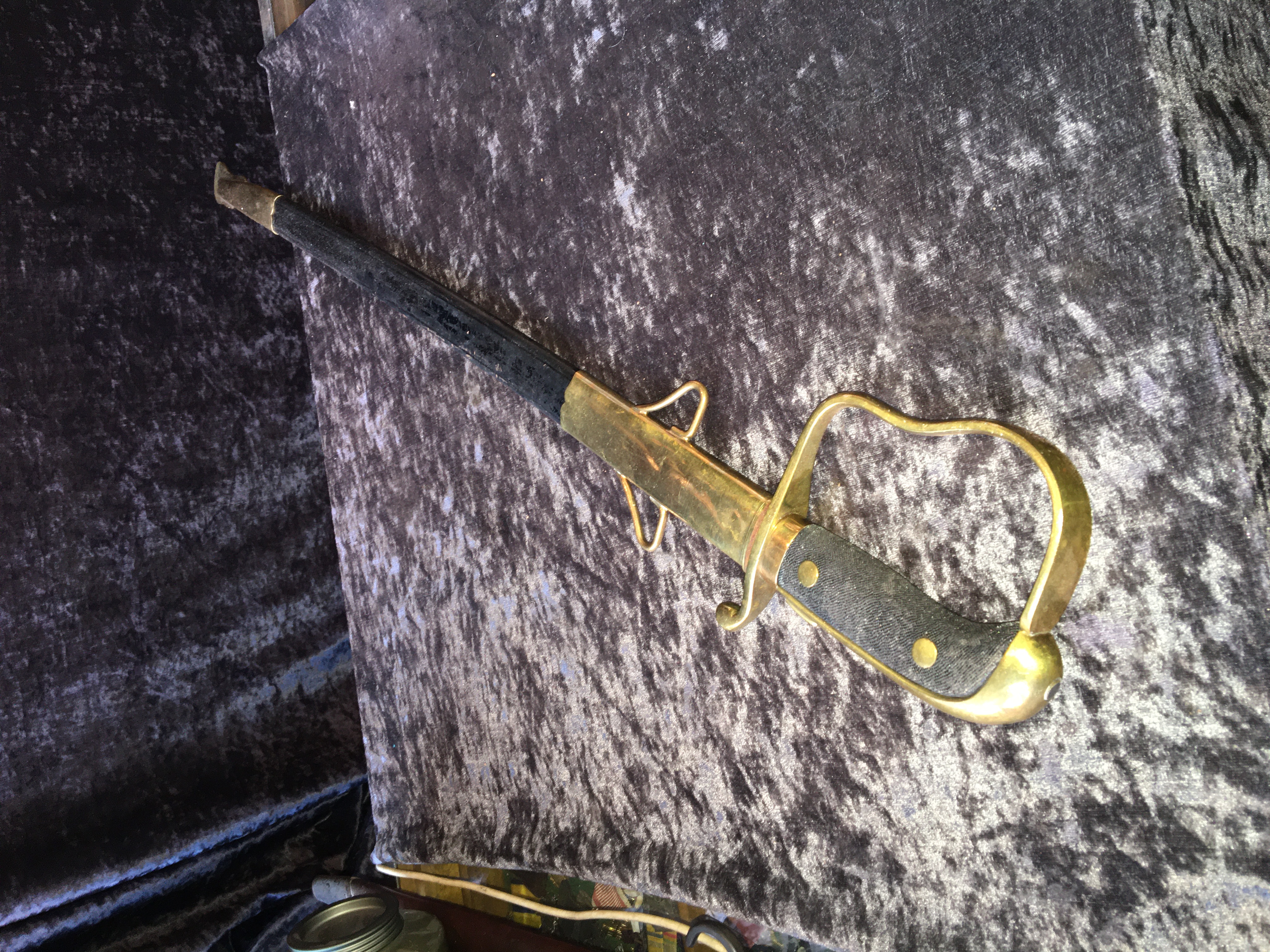
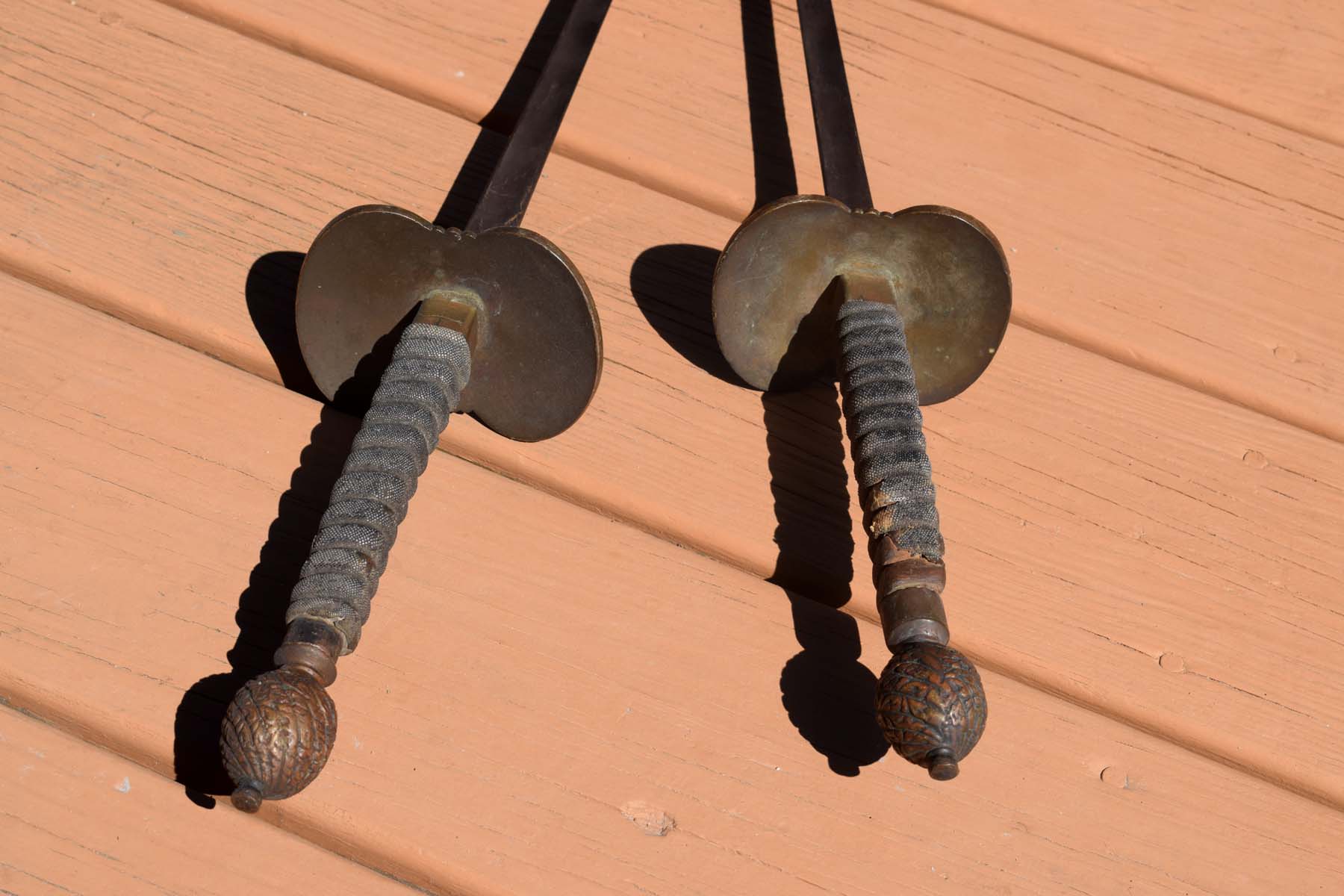
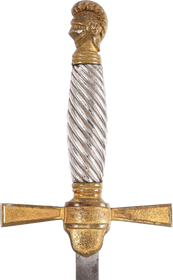
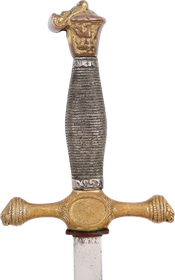


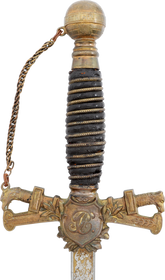
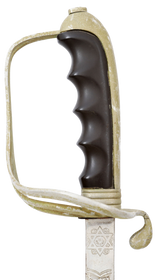
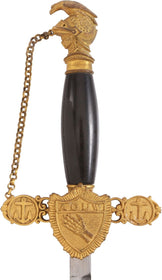
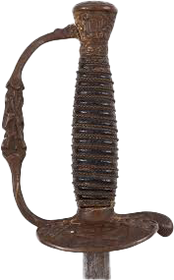

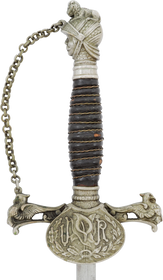
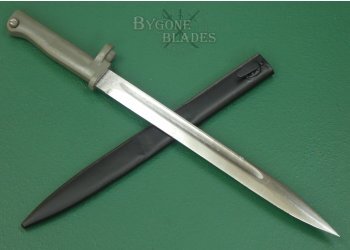
.jpg)


